Patterns in Nature: A quick overview
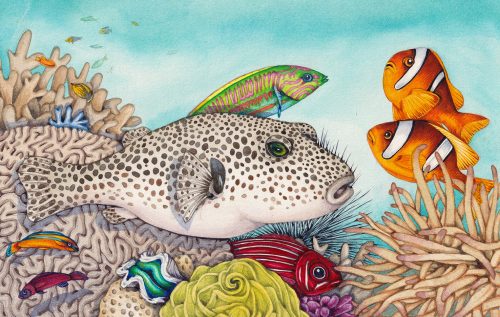
Introducing patterns
One of the things in nature which is worth taking a really close look at is pattern. Spots, stripes and splotches decorate loads of living things; from beetles to reef fish, snakes to zebras, orchids to sunflower seeds.
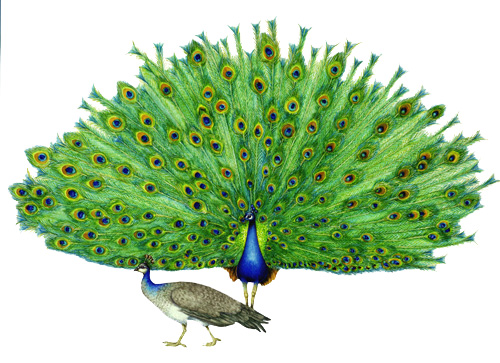
Peacock Pavo pair with male tail on display
They have always amazed and delighted me, and I’ve recently looked a little further into them.

Ladybird Coccinella septempunctata
What are patterns for?
Patterns serve lots of different functions in nature. They can provide camouflage, which works for predators as well as for prey. This is true for plants as well as animals (Plant Camouflague by Niu and Sun, 2018)
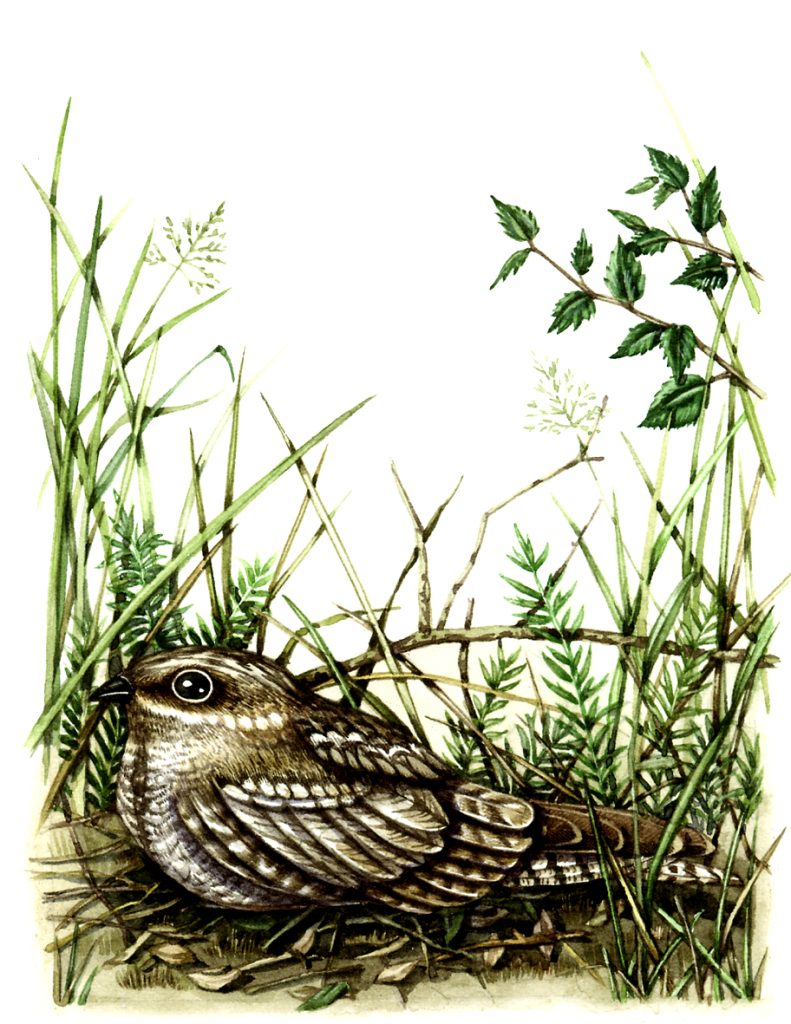
Nightjar Caprimulgus europaeus settled camoflauged on the ground
They can be vigorous warnings, advertising toxicity. The Monarch butterfly is toxic thanks to the milkweed its caterpillars feed on, and its colouration ensures any predator foolish enough to try and eat it once would not repeat the experience!
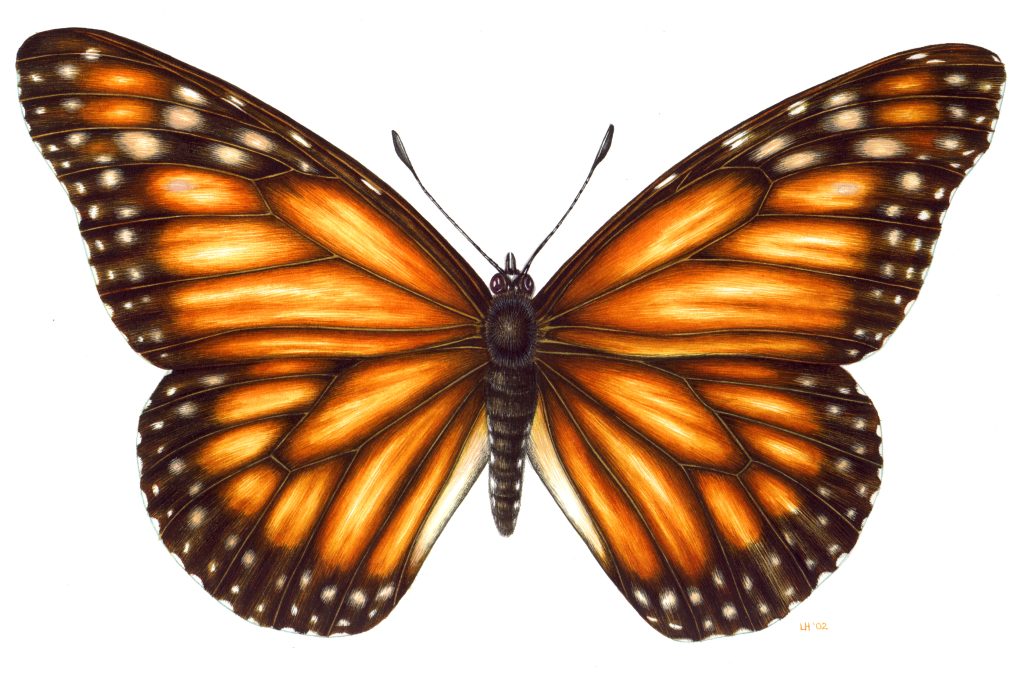
Monarch Danaus plexippus butterfly
Patterns can be used to attract mates (just think of the shimmering tail of a peacock), to mimic poisonous animals, and to guide animals to food sources. IN certain habitats, such as coral reefs, many of these tactics are used at the same time making for a panoply of patterns and colour.
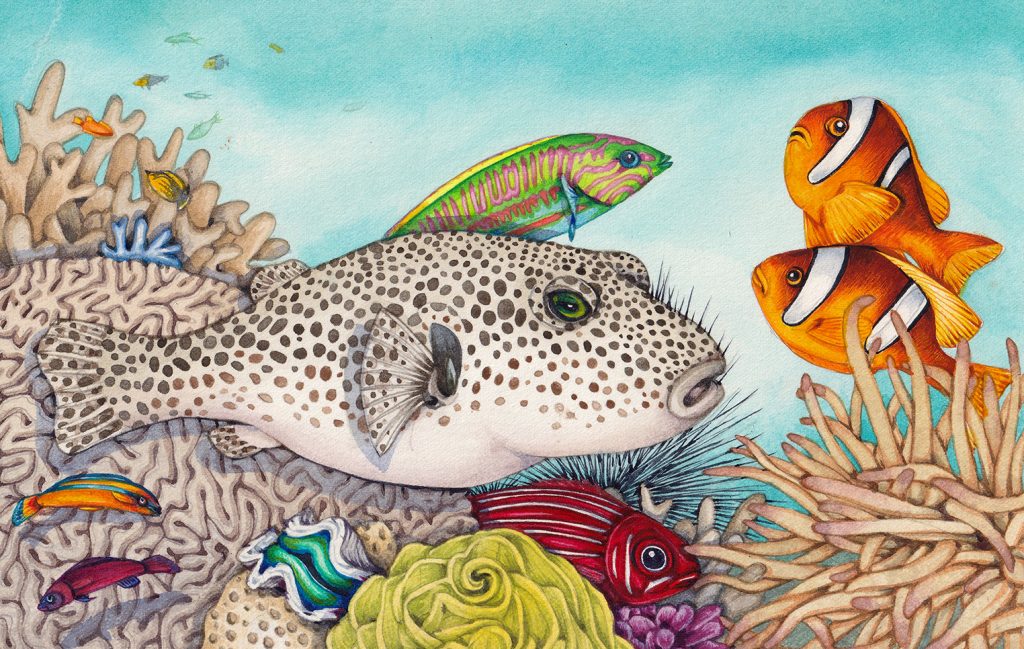
Red sea coral reef scene showing patterned clown fish, star puffer fish, and squirrel fish
Pattern variety
There’s variety in the patterns, and plenty of overlap. Lots of spots can merge together into a loose stripe, as with the toad below.
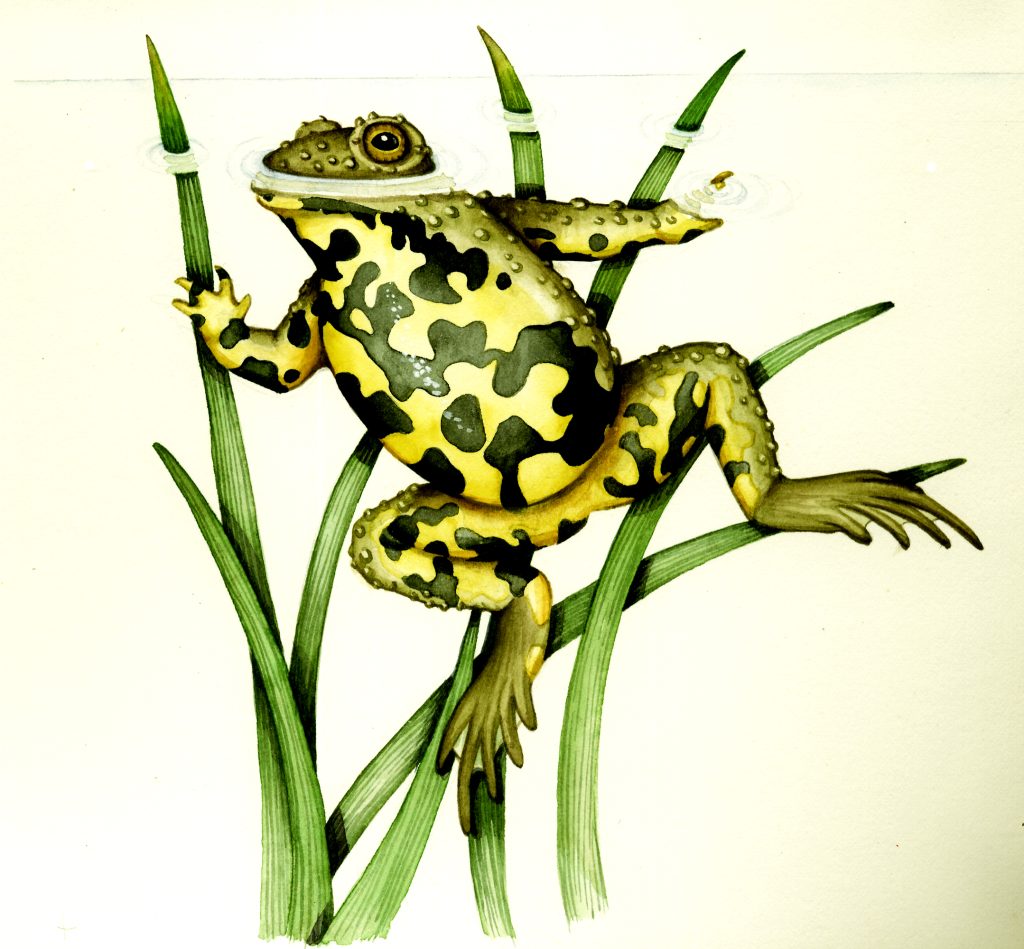
Even slugs can have spots, as this Green cellar slug Limacus maculatus shows.

Green cellar slug Limacus maculatus
Stripes on plants can widen into blotches. In plants, spots and stripes can fall under the umbrella term of “variegation”, pale markings on leaves where there’s no green pigment. Some animals and plants sport stripes and spots, and one flower is even decorated with chequer-board markings!
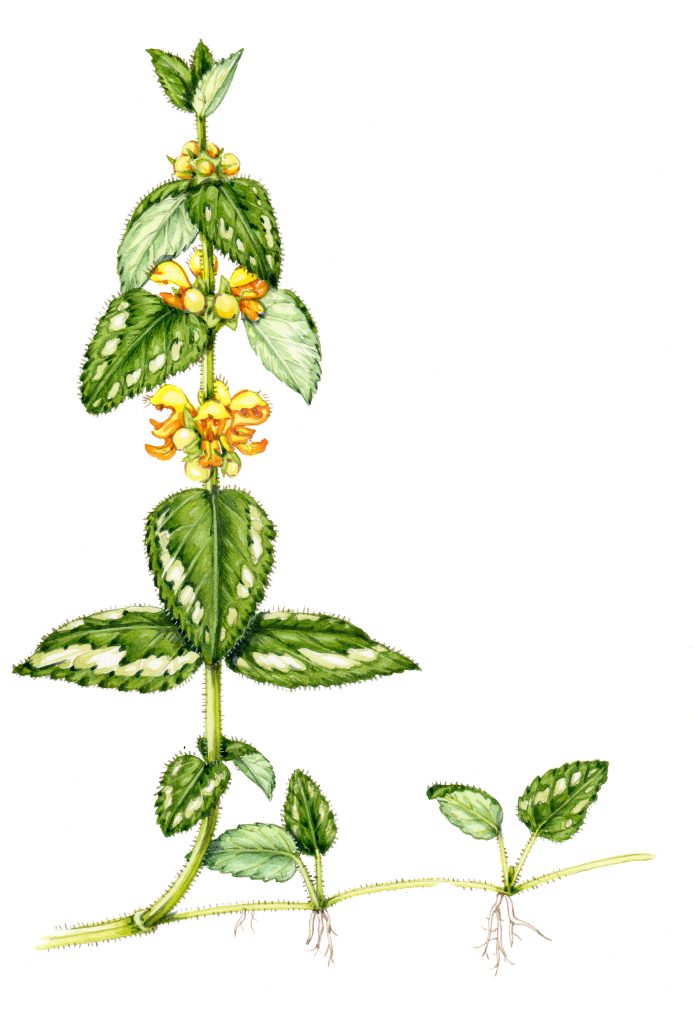
Variegated Yellow Archangel Lamiatrum galeobdolon subsp argentum
Plants show a wide range of patterns on their leaves, stems, flowers, seeds, and fruit. There’s always a reason behind the spots, stripes and splotches; not only how they come to be there, but why they exist and persist across the generations.
Pattern and latin names
Although many people freeze when shown a scientific or Latin name, they can be really helpful in giving clues about the organism you’re looking at. When it comes to patterns, anything with “zonatus” or “versicolor” in its Latin name is likely to be striped.
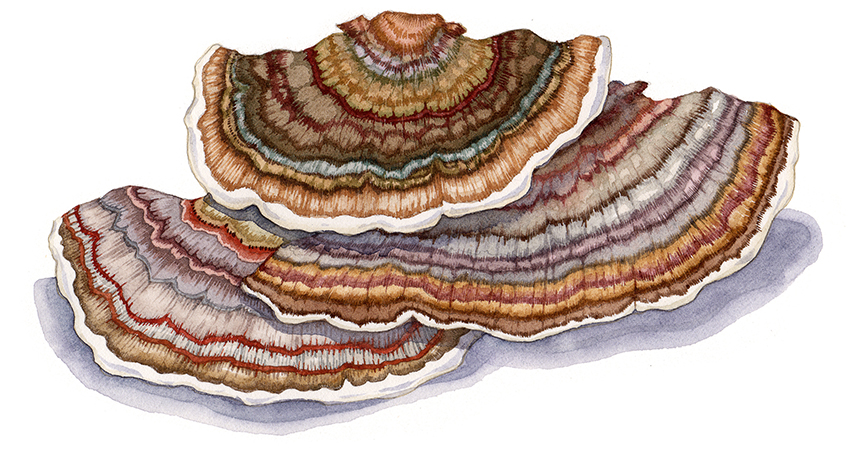
Turkey tail fungus Trametes versicolor
Anything including the word “maculata” will be spotty (see the slug above, Limacus maculatus), and a plant whose name includes “variegatum” will almost certainly be (you guessed it) variegated.
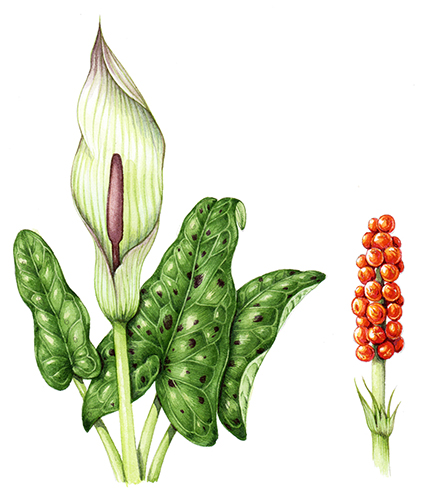
Lords and ladies Arum maculatum
Conclusion
So whether its spots or stripes, blotches or chequerboards, patterns are everywhere in the natural world. Used for attraction, protection, hunting, warning…the purpose is endless. And the result is a world full of stunning, patterned organisms.
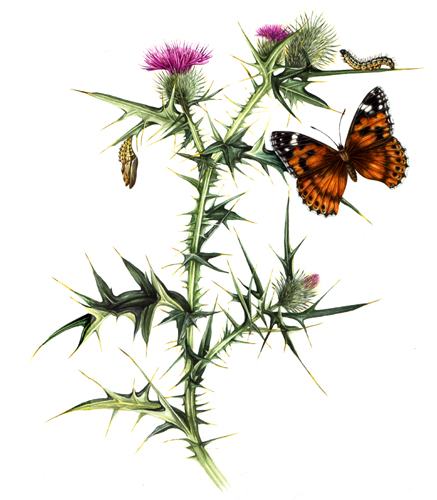


I would like to subscribe as I am a watercolor artist interested on botanical illustration. Thank you.
Hi Zeynep, I think you can get the blogs as an RSS feed. I do also have a newsletter I could add you to, if youre interested? So glad you like the posts, and love botany!
Very informative and beautiful painted! Where is your slug in all of this?
Now that is a good question. With its spots, it needs to be included!
Hi Lizzie, thank you for sharing your art and knowledge and curiosity.
Please add me to your newsletter.
Dahlias4peas@gmail.com
Many thanks!
Hi Julie
ive just added you to my newsletter mailing list. Thankyou!